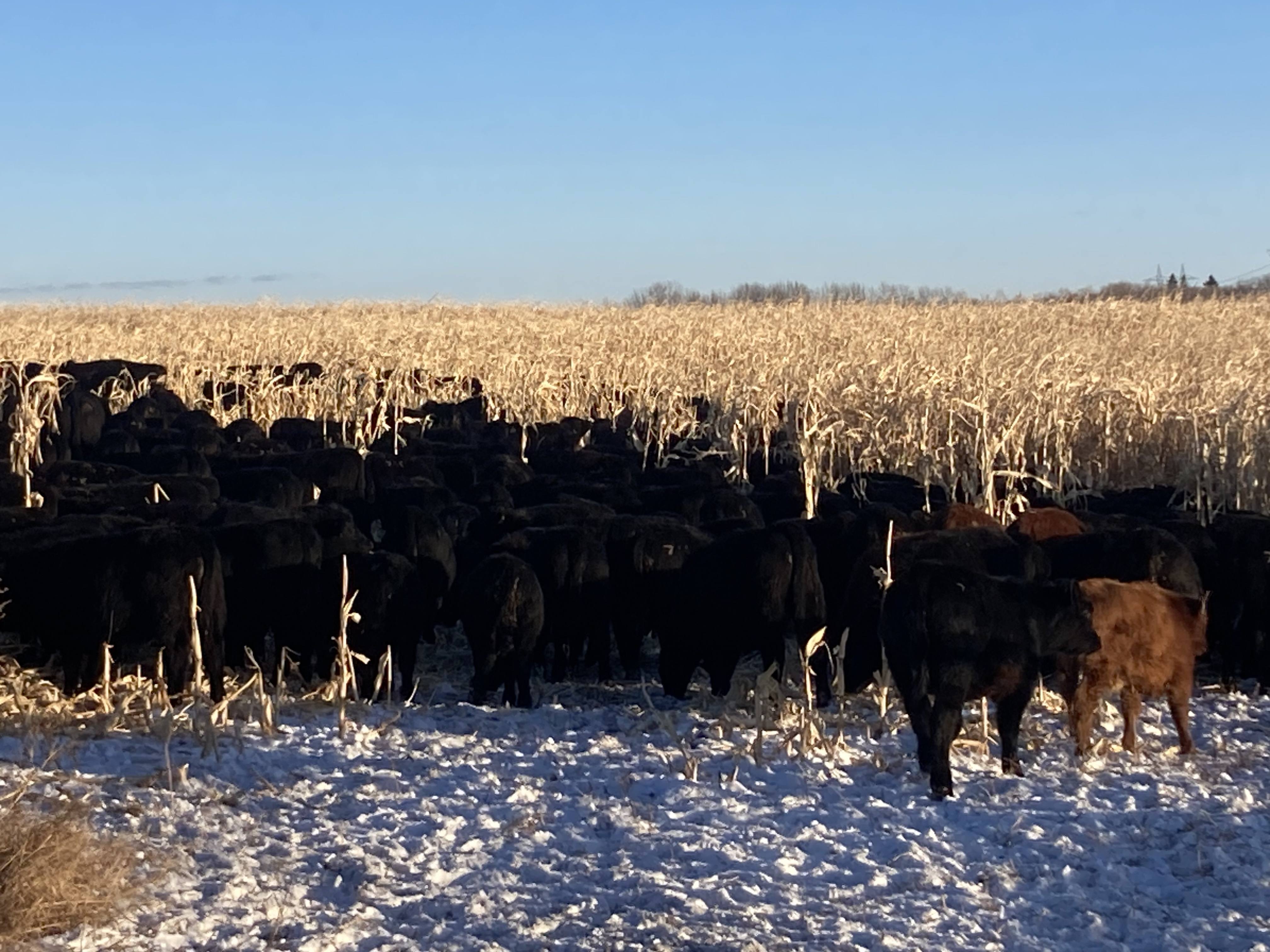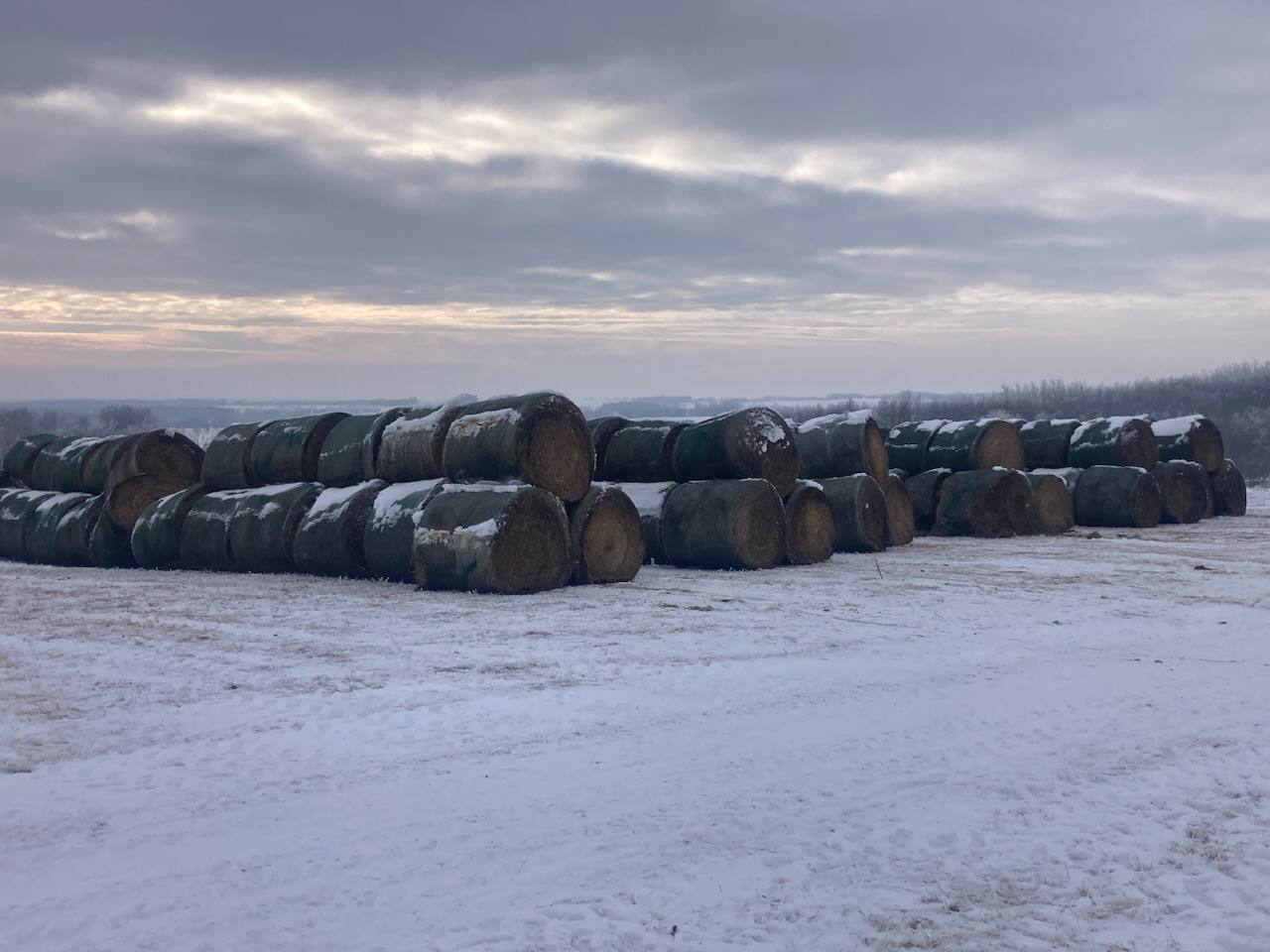Am feeding the bison hay and straw currently. Wanting to throw greenfeed into the mix next year, and beyond. Right now I am just setting out 3-4 hay bales and a straw bale at a time and they clean it up in a couple days with not a crazy amount of waste. Just stand bales like a barrel and cut net wrap off. The bigger animals eat first, and the smaller ones get a chance after.
Wanting to spread the feed out so everyone has enough room to eat at once without fighting.
Was looking at vertical mixers, but hear they take quite a while to bust up bales and make a nice ration. If it wasn’t for the hour of mixing, and the high cost of the mixer itself, this would be ideal because you could completely mix hay straw and greenfeed and they would likely eat it all.
Bale processors seem like they would work, but the biggest complaint I read about is the alfalfa blowing away in the wind. Is it excessive enough that you waste a lot of feed value? Would be able to layer straw, greenfeed, and hay on top of each other and they should take a lot of it in.
Lastly, looking at the hustler bale unroller. Looks ideal for good hay and straw, but thinking the greenfeed would benefit from being shred up a bit more than this machine is capable of. Again should be able to layer hay straw and greenfeed on top of each other.
So my question is, which way would you guys go?
Wanting to spread the feed out so everyone has enough room to eat at once without fighting.
Was looking at vertical mixers, but hear they take quite a while to bust up bales and make a nice ration. If it wasn’t for the hour of mixing, and the high cost of the mixer itself, this would be ideal because you could completely mix hay straw and greenfeed and they would likely eat it all.
Bale processors seem like they would work, but the biggest complaint I read about is the alfalfa blowing away in the wind. Is it excessive enough that you waste a lot of feed value? Would be able to layer straw, greenfeed, and hay on top of each other and they should take a lot of it in.
Lastly, looking at the hustler bale unroller. Looks ideal for good hay and straw, but thinking the greenfeed would benefit from being shred up a bit more than this machine is capable of. Again should be able to layer hay straw and greenfeed on top of each other.
So my question is, which way would you guys go?


Comment